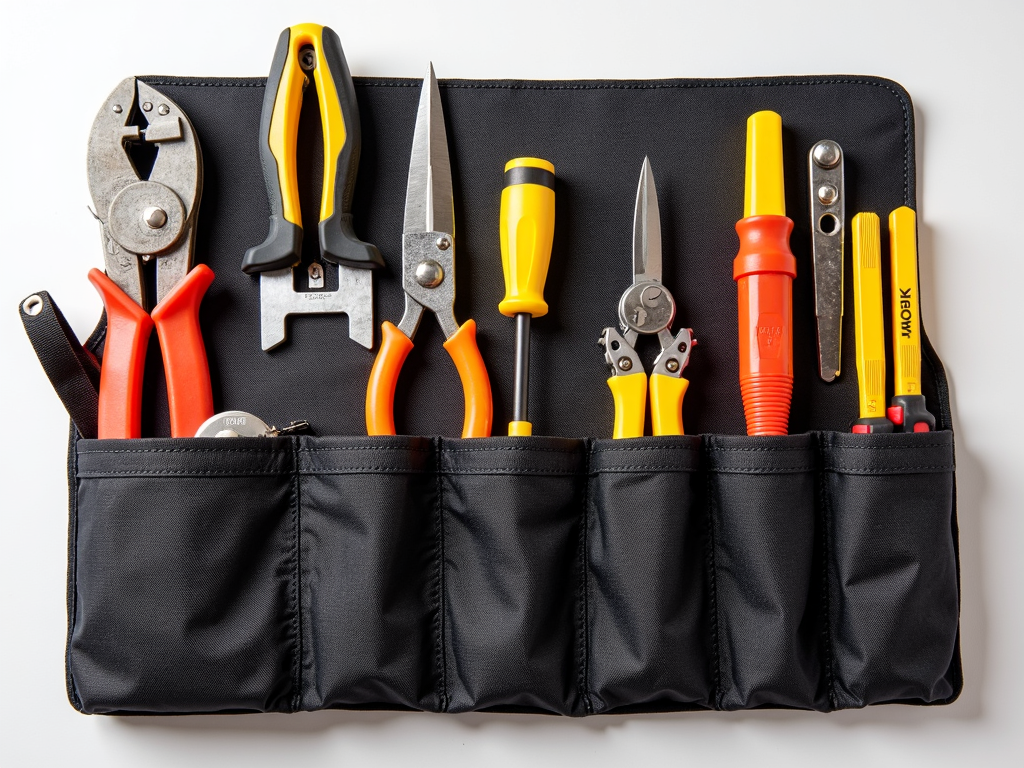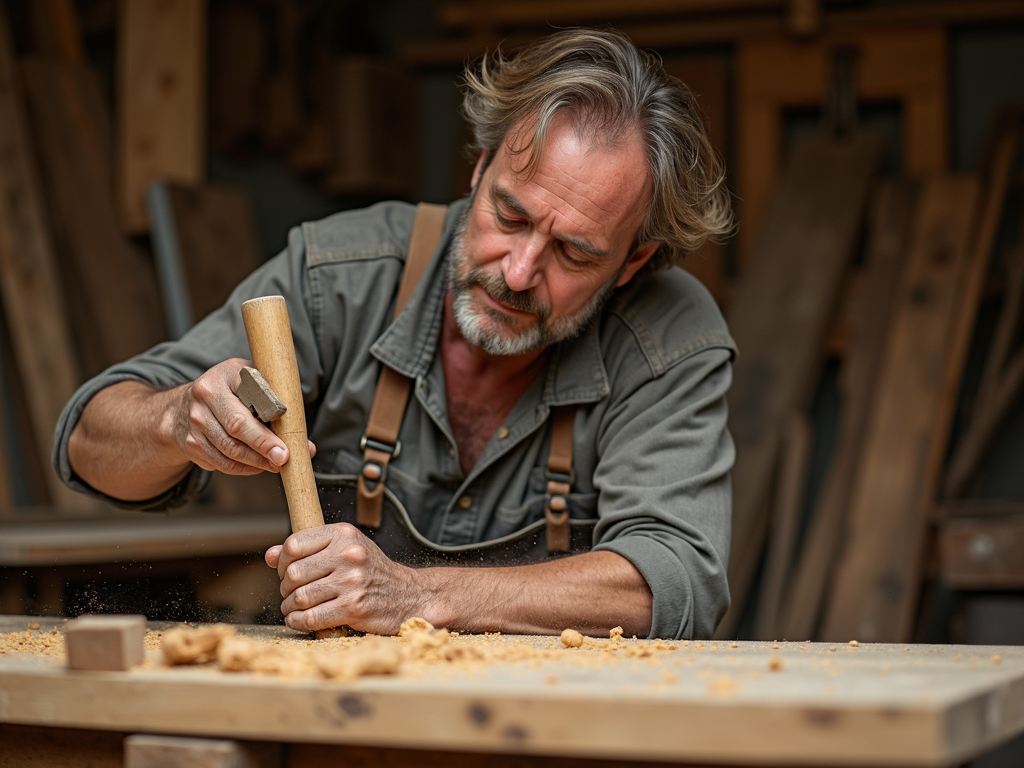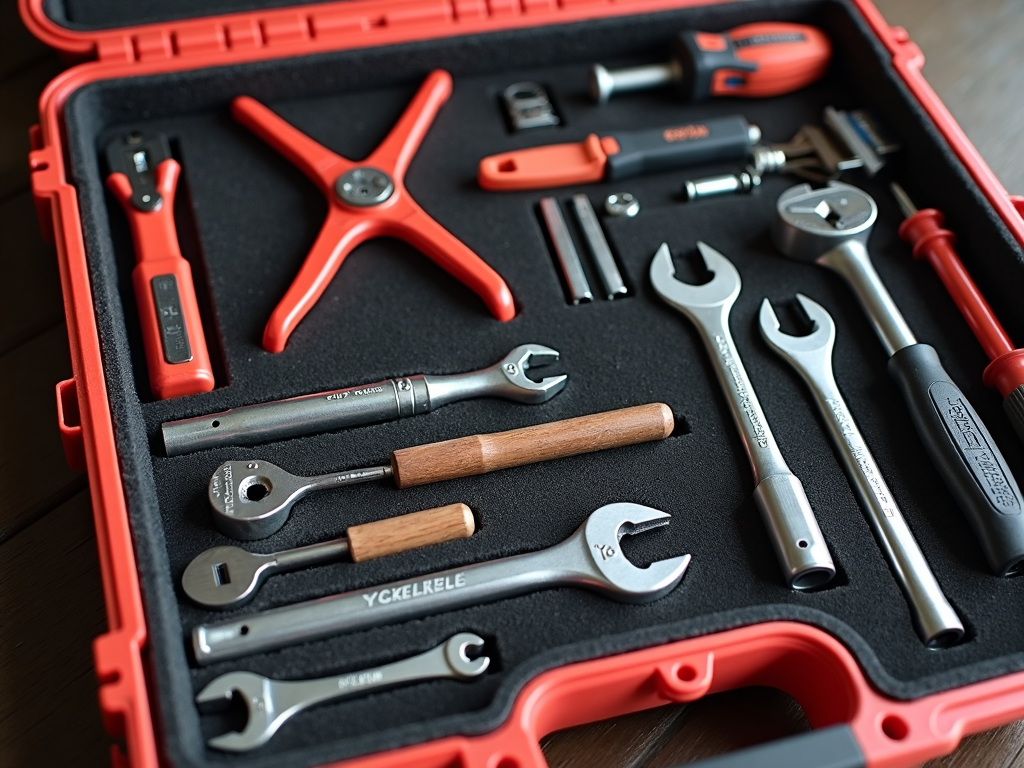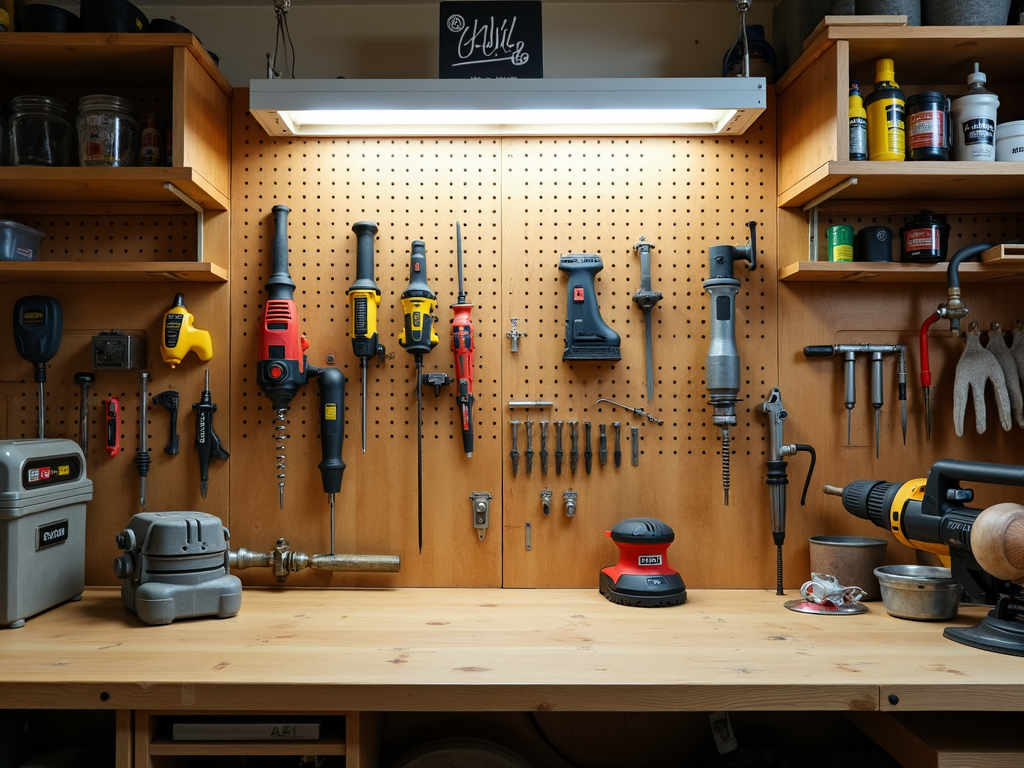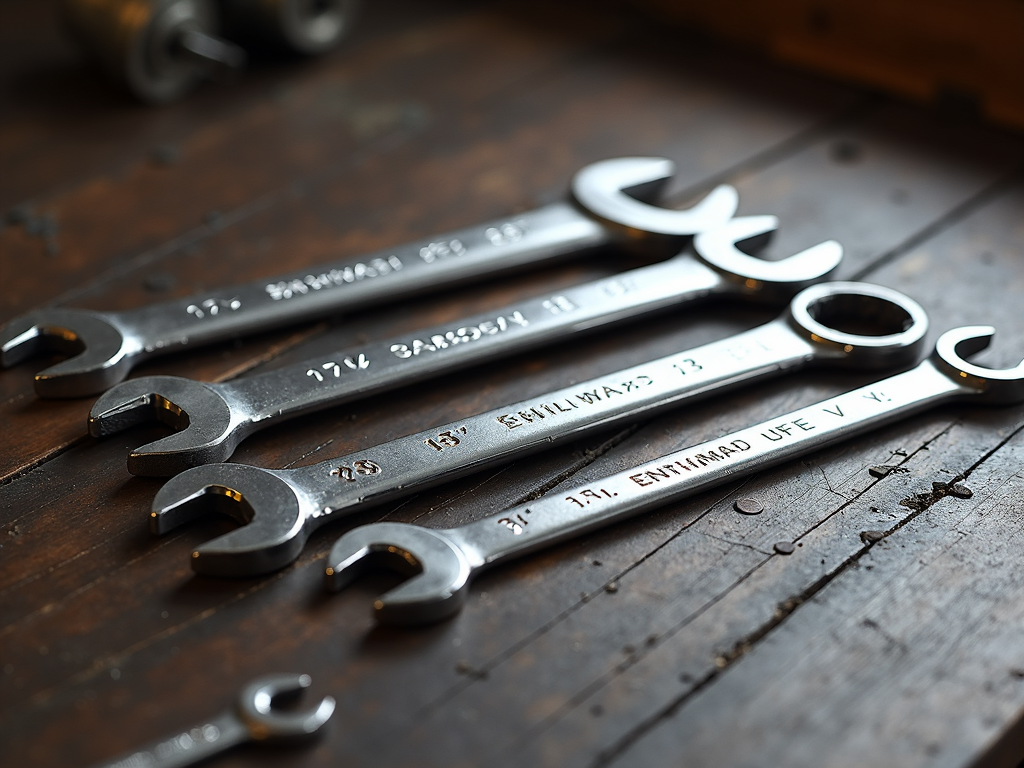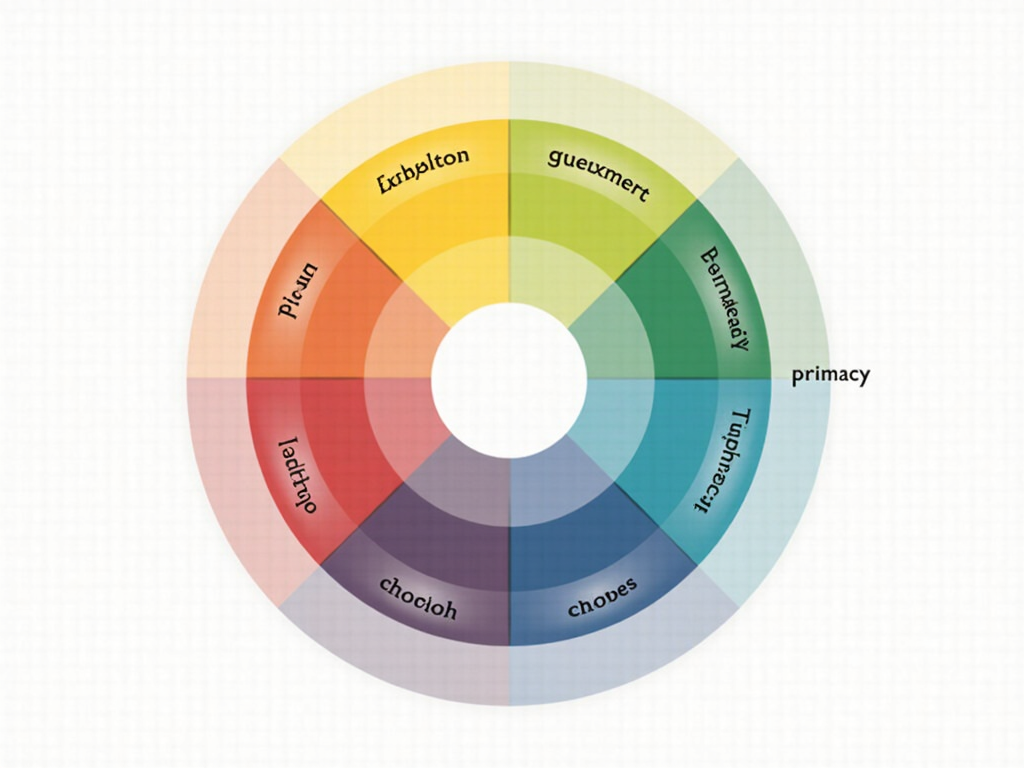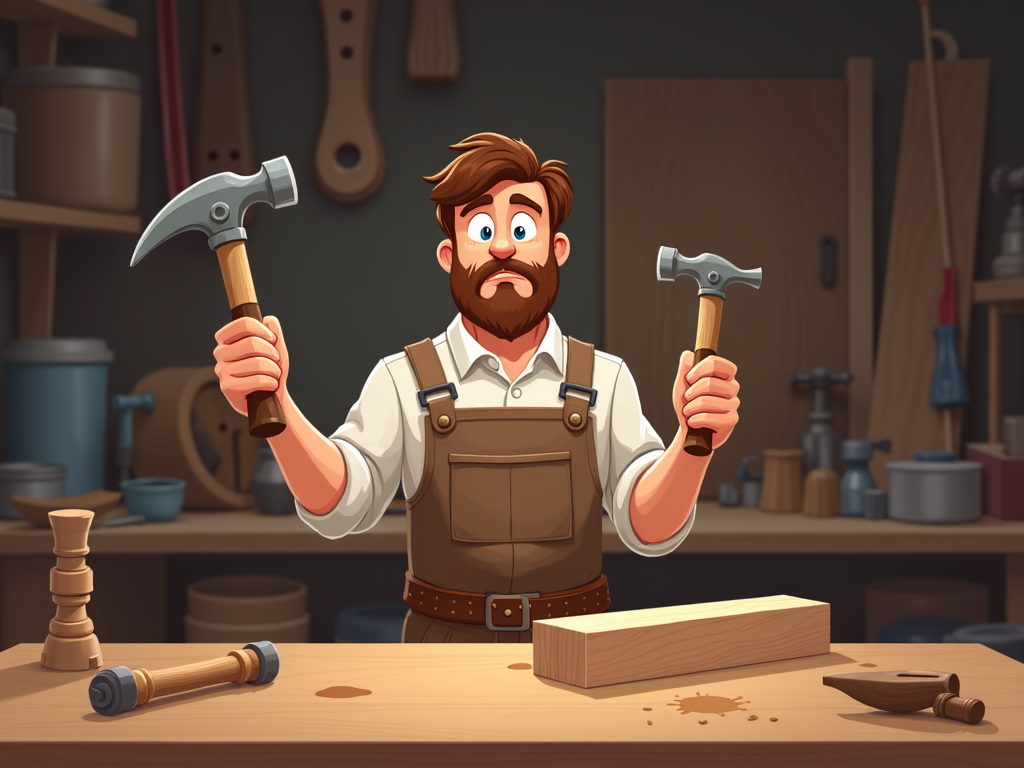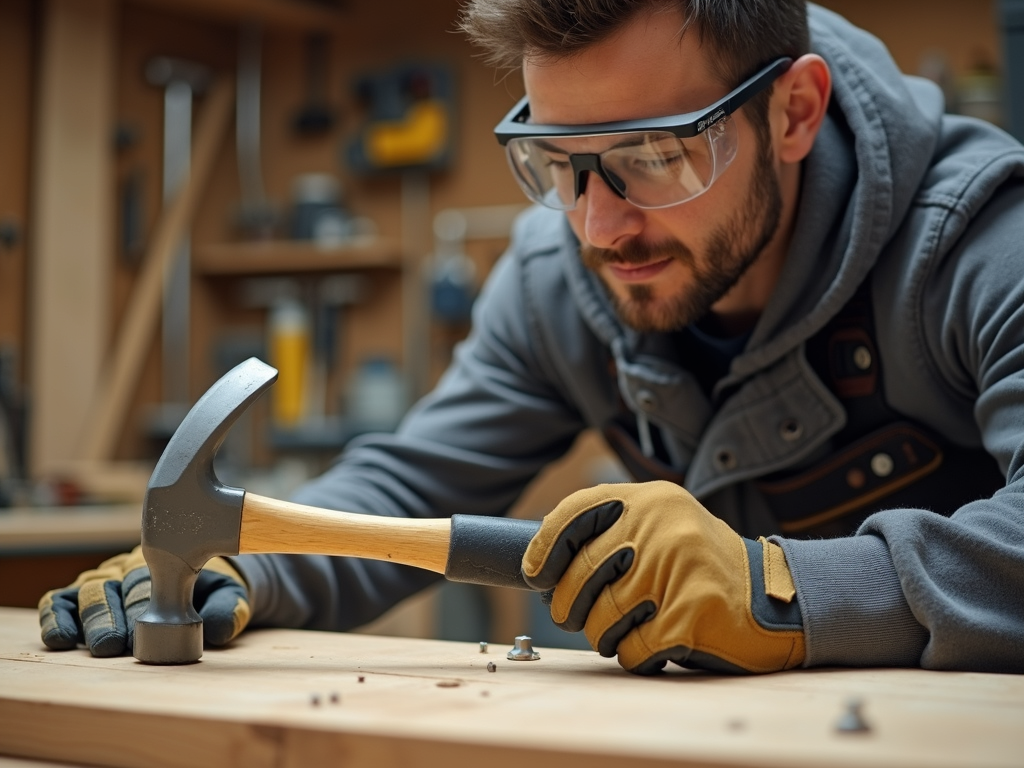Overview
Discover the world of modern workman tools with ergonomic design. These innovative tools are crafted to enhance comfort and efficiency, making work easier and safer. Learn about their benefits, see examples, and gain insights from real experiences.
In today's fast-paced world, efficiency and safety are paramount, especially for professionals and DIY enthusiasts who rely on workman tools daily. Enter modern workman tools with ergonomic design—a game-changer in the industry. But what exactly does "ergonomic design" mean in the context of tools? Simply put, it's about creating tools that fit the user's body and movements, reducing strain and enhancing comfort. This article dives deep into the benefits of these tools, provides real-world examples, and shares personal insights to help you understand why ergonomic design is more than just a buzzword.
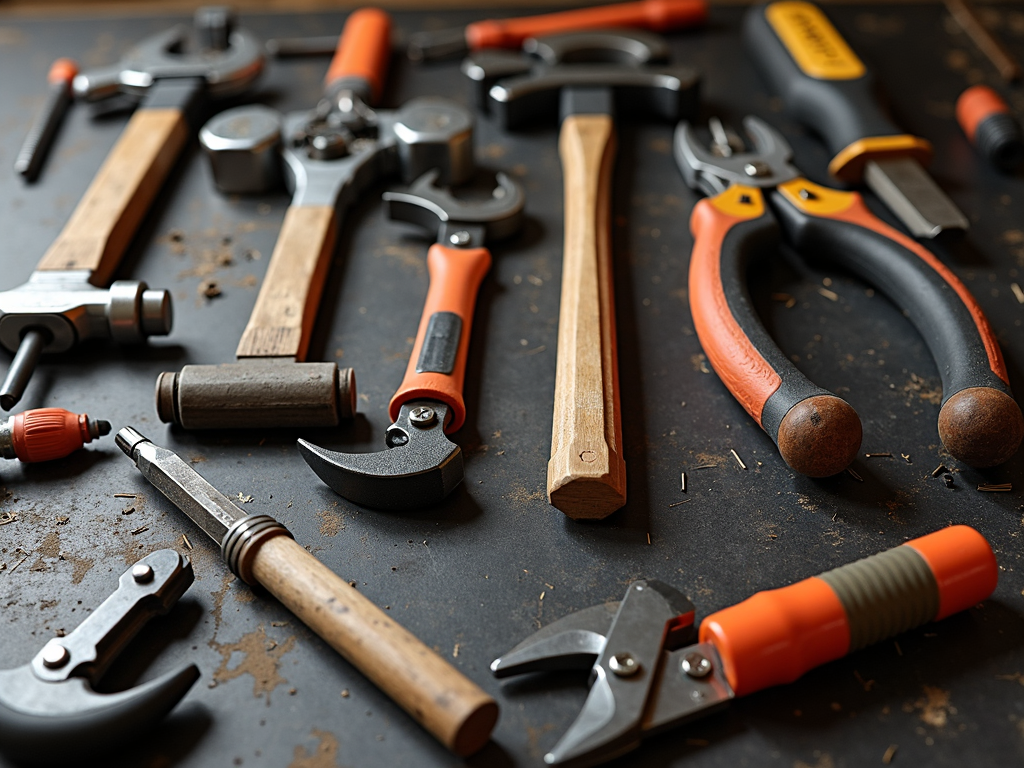
What Are Modern Workman Tools with Ergonomic Design?
Ergonomic design in tools focuses on optimizing the interaction between the user and the tool. This means designing handles that fit naturally in the hand, reducing vibration, and using materials that minimize weight without sacrificing durability. For instance, an ergonomic hammer might have a shock-absorbing grip and a balanced weight distribution, making it easier to use for extended periods. These tools are not just about comfort; they're about preventing injuries like repetitive strain injuries (RSI) and carpal tunnel syndrome, which are common in professions that involve repetitive motions.
Benefits of Ergonomic Design in Workman Tools
The advantages of using ergonomic tools are numerous:
- Reduced Risk of Injury: By minimizing strain on muscles and joints, ergonomic tools help prevent common workplace injuries.
- Increased Productivity: Comfortable tools allow users to work longer and more efficiently without fatigue.
- Improved Precision: Better grip and control lead to more accurate work, especially in tasks requiring fine motor skills.
- Enhanced User Satisfaction: When tools are comfortable and easy to use, job satisfaction increases, leading to better overall performance.
These benefits are not just theoretical. A study by the National Institute for Occupational Safety and Health (NIOSH) found that ergonomic interventions can reduce musculoskeletal disorders by up to 60% in certain industries. (Source)
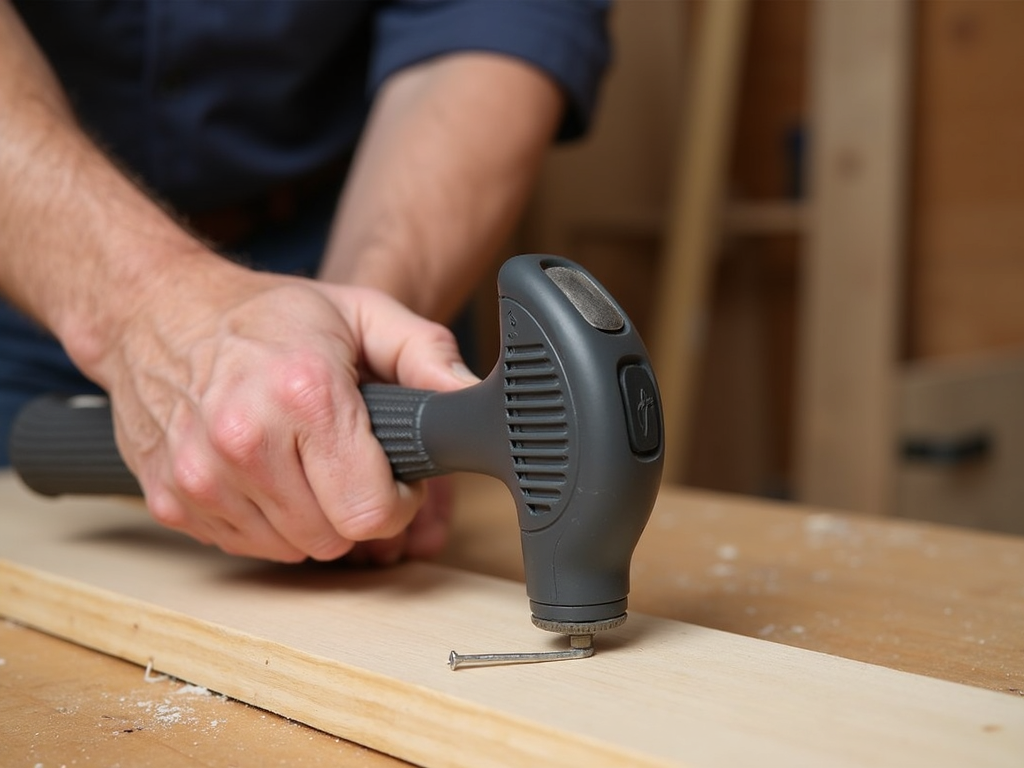
Examples of Ergonomic Workman Tools
Let's look at some specific examples of modern workman tools that incorporate ergonomic design:
1. Ergonomic Hammers: These often feature vibration-dampening technology and contoured handles that reduce shock and improve grip.
2. Screwdrivers with Ergonomic Grips: Designed with soft, non-slip materials and shapes that fit the hand's natural curve, reducing wrist strain.
3. Power Drills with Adjustable Handles: Allow users to customize the grip position, minimizing awkward postures.
4. Cutting Tools: Modern cutting tools like ergonomic scissors or shears have spring-loaded handles to reduce hand fatigue.
These tools are designed with the user in mind, making tasks that were once tedious or painful much more manageable.
Personal Insights: A Game-Changer in My Workshop
As someone who has spent countless hours in the workshop, I can attest to the difference ergonomic tools make. A few years ago, I was working on a large woodworking project that required extensive use of a traditional hammer. By the end of the day, my hand was sore, and my wrist ached from the repetitive motion. That's when I decided to invest in an ergonomic hammer with a shock-absorbing grip. The difference was night and day. Not only did I experience less fatigue, but I also noticed that I could work faster and with greater precision. It was a small change that had a big impact on my productivity and comfort.
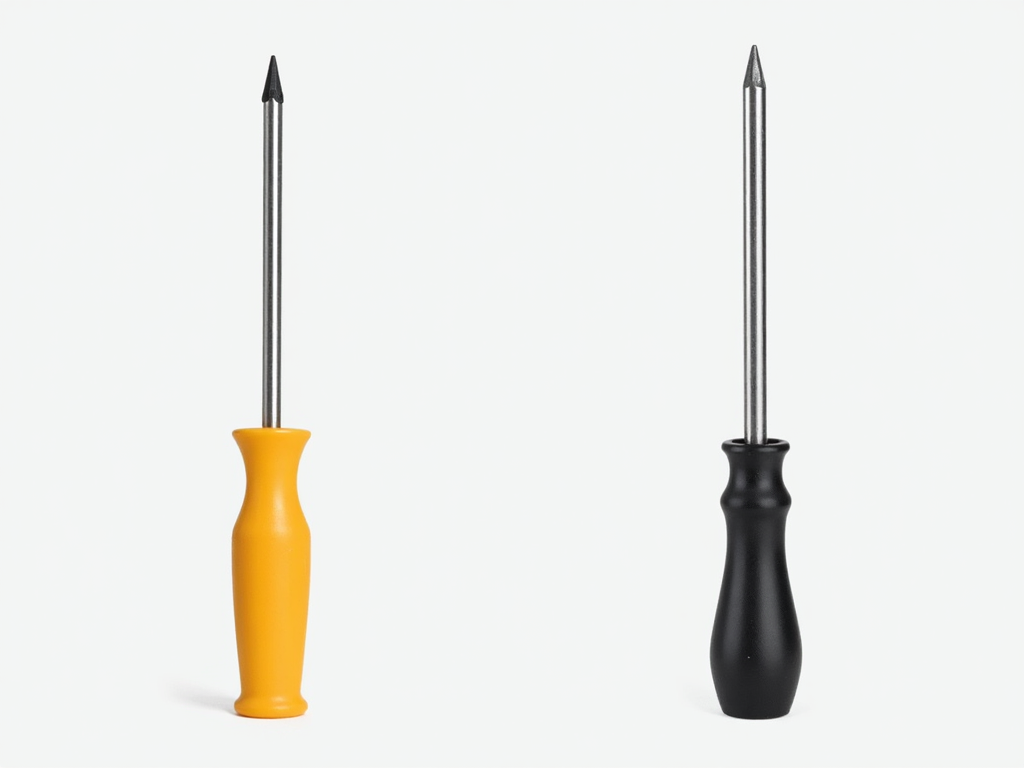
Data and Statistics: The Numbers Speak
The impact of ergonomic tools isn't just anecdotal; it's backed by data. According to the Occupational Safety and Health Administration (OSHA), musculoskeletal disorders account for nearly 30% of all worker's compensation costs. However, companies that implement ergonomic solutions, including the use of ergonomic tools, report significant reductions in these injuries. For example, a case study by OSHA showed that after introducing ergonomic tools, a manufacturing plant reduced its injury rate by 75% and increased productivity by 25%. (Source)
Choosing the Right Ergonomic Tool
When selecting ergonomic tools, consider the following tips:
- Fit and Comfort: Ensure the tool feels comfortable in your hand and doesn't cause strain.
- Adjustability: Look for tools with adjustable features to suit your specific needs.
- Weight and Balance: Opt for lightweight tools with good balance to reduce fatigue.
- Durability: Ergonomic doesn't mean sacrificing strength; choose tools made from high-quality materials.
By keeping these factors in mind, you can find tools that not only make your work easier but also last longer.
Summary
Modern workman tools with ergonomic design are revolutionizing the way we work. By prioritizing comfort and safety, these tools reduce the risk of injury, boost productivity, and enhance overall job satisfaction. Whether you're a professional or a DIY enthusiast, investing in ergonomic tools is a smart choice. Explore the examples and insights shared here, and consider making the switch to tools that work with you, not against you.
Related modern workman tools with ergonomic design:
- Tips for Setting Up a Productive Home Office
- 10 Essential Tools for Your Workshop
- Training Programs for Construction Workers: Enhancing Safety and Skills
- Essential Workman Tools for Electricians and Plumbers: A Comprehensive Guide
- Top 10 Must-Have Tools for Every Workshop: A Comprehensive Guide
- Top-Quality Workman Tools Every Contractor Needs
- Workshop Safety Tips for Power Tool Users: A Comprehensive Guide
- How to Choose the Right Wrench Size: A Comprehensive Guide
- Color Theory 101: Understanding the Basics
- Steer Clear of These Beginner Woodworking Errors: A Guide to Safe and Successful Projects
- Essential Power Tools for Woodworking
- The Ultimate Guide to High-Quality Workman Tools for Professionals



